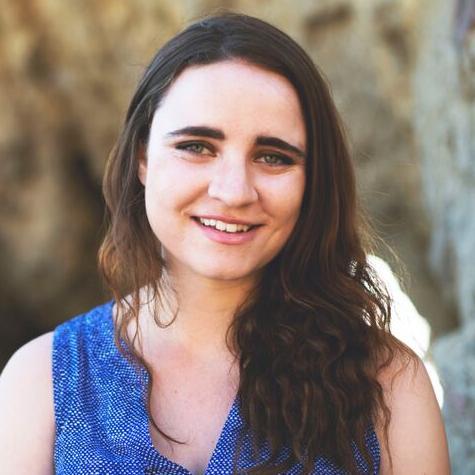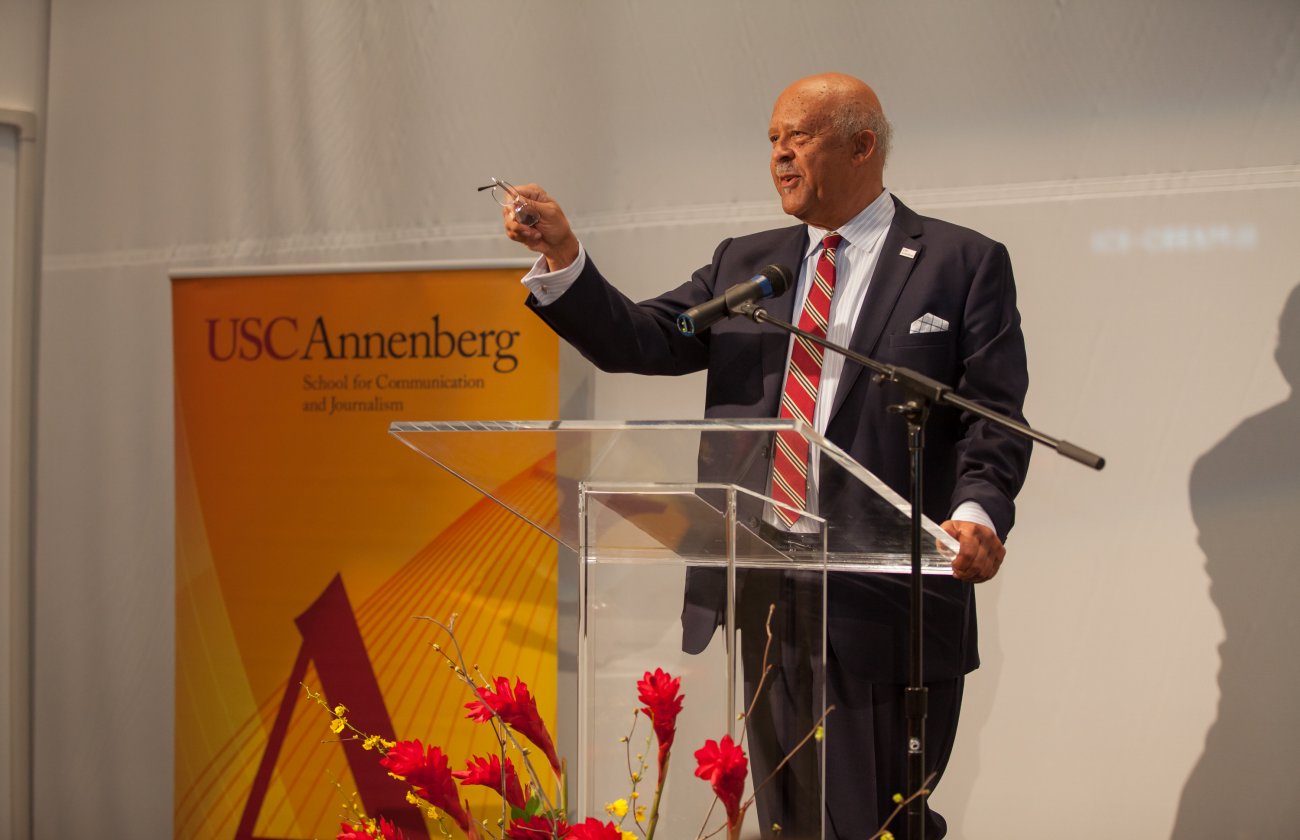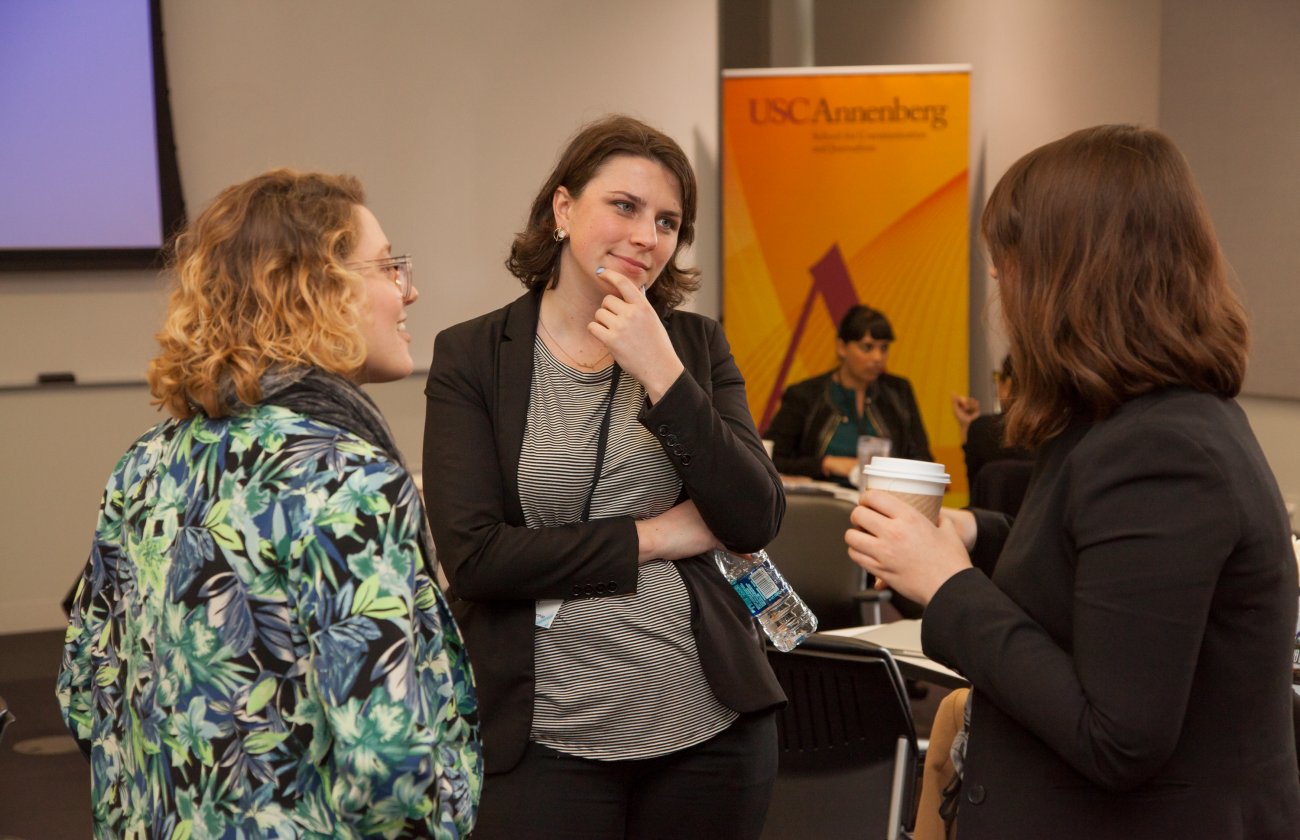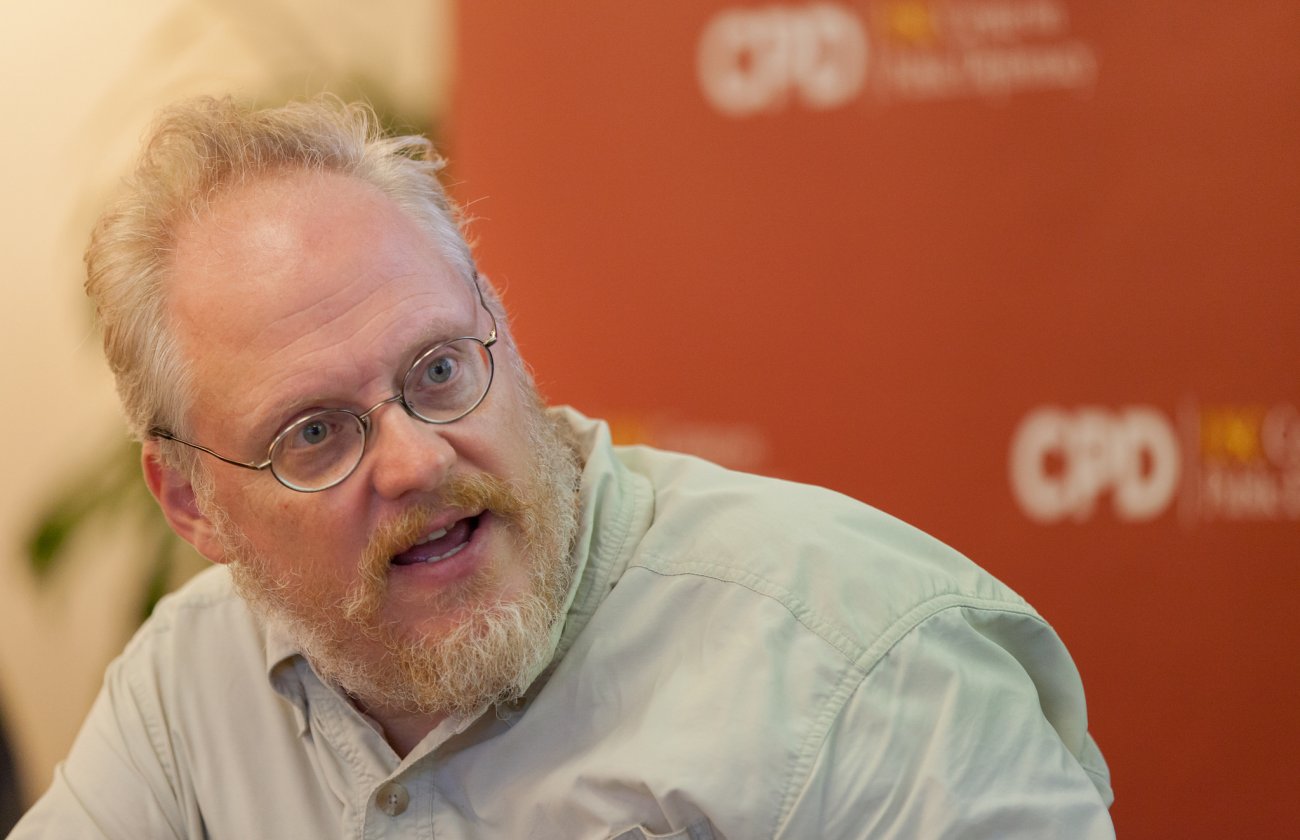Journalism students will have the opportunity to meet recruiters, interview for positions and attend workshops during the USC Annenberg-sponsored CCNMA: Latino Journalists of California's Journalism Opportunities Conference Oct. 24-25. The event, which will be held at the USC Davidson Conference Center, is billed as the West Coast's largest annual multicultural journalism conference.
The 35th annual CCNMA conference, which is also co-sponsored by the Asian American Journalists Association's Los Angeles Chapter and the Black Journalist Association of Southern California, will be held in tandem with the USC Annenberg School of Journalism’s job fair, offering students the opportunity to network both Thursday and Friday.
The conference and job fair are open to students of all schools, majors and cultural backgrounds.
“The idea has always been to focus on college students to give them exposure to recruiters at an early age,” said Julio Moran, executive director of CCNMA: Latino Journalists of California, formerly known as the Chicano News Media Association (CCNMA). “This prepares them for internships and entry level jobs.”
The conference first began partnering with the USC Annenberg School of Journalism job fair in the 1990's, after Annenberg's own one-day job fair posed an issue to students who weren't able to miss class to attend. Partnering with the CCNMA conference then allowed students to choose two days to attend the job fair.
“It's a good partnership, because Annenberg is a strong journalism school with a reputation across the country,” said Moran, who serves as an Adjunct Professor at the USC Annenberg School of Journalism. “It also allows students from other schools who are interested in transferring to Annenberg the opportunity to learn more about it and be exposed to people who will be helpful.”
Jennifer Medina, who graduated from USC in 2002 and attended the conference during all four years of her undergraduate studies, exemplifies how the conference provides students with an introduction to the journalism industry.
“You have to have talent, which of course she has,” Moran said of Medina. “But she needed help meeting people to establish that relationship.”
Medina now works in the Los Angeles Bureau of The New York Times as one of two reporters covering all of Southern California and Nevada, and credits the Journalism Opportunities Conference with kick starting her career.
"I absolutely got my job at The New York Times because of the job fair,” said Medina, who first attended the conference as a freshman and approached a New York Times recruiter on the advice of an upperclassman. “I kept in touch with that reporter for four years, got hired as an intern as a senior, stayed as an intern for a year and then was hired as a staff member.”
Medina also credited the conference and job fair with the summer internships she held at several media outlets as an undergraduate, and with helping to improve her overall job hunting skills.
“I learned to prepare for the kinds of things that recruiters ask for, and going to the job fair multiple times helped tremendously. I remember being one of the only freshmen to go my first year, but it helped so much to practice for my senior year,” said Medina. “The job fair allowed me to meet so many people and recruiters, and talk to people I never otherwise would have met in person.”
The CCNMA began hosting its Journalism Opportunities Conference, in affiliation with USC Annenberg, in 1978 to provide Latino students with the opportunity to meet recruiters from media organizations around the country.
“Our conference is multicultural so that recruiters are able to see a diverse pool of candidates,” said Moran. “Most job fairs are national and are dominated by one cultural group, but our conference is open to everybody, and everyone's welcome to attend. We want to tell our recruiters that this is an opportunity to find young, talented people.”
The conference and job fair typically attract 20-25 recruiters, mostly from Southern California, Moran said. “We have both broadcast and print media organizations, and are slowly attracting online companies to participate, as well.”
Moran noted that, ultimately, the number of recruiters is not as important as the skills and networking he hopes students gain from the conference.
“The importance of a job fair like this is not so much the expectation that people will attend and walk away with job offer, but to provide the opportunity for students to meet and talk with recruiters face to face, as opposed to simply sending in applications,” said Moran. “Hopefully talking to recruiters will build a relationship where students can remain in contact with them so when opportunities do present themselves, the recruiters are not just looking at a faceless name but will hopefully have met these students. It's a lot easier to hire someone you know and have met.”
Medina agreed. “You have nothing to lose, and everything to gain,” she said of her advice to this year’s attendees. “Talk to as many people as you possibly can, put together a package of your best work, and don't be afraid to ask questions and learn to think on your toes.
“I can't say enough about how much this job fair has helped me,” Medina added. “I wouldn't be where I am today without it.”
This year's Journalism Opportunities Conference and job fair will run from 9 a.m. to 5 p.m. on both Thursday and Friday, with registration opening at 8 a.m. on both days. Attendees will be provided with lunch on Friday, and coffee and snacks both mornings. Workshops, many of which are run by Annenberg faculty, will also be held both days.
“Annenberg provides, with people to run our workshops, for example – Annenberg Professor Robert Hernandez,” said Moran, noting one of this year's journalism tutorials focused on the use of smartphones as reporting tools. “Having professors to run these workshops is a great benefit to us, and great exposure for Annenberg to showcase faculty and staff.”
“Our partnership with Annenberg has been mutually beneficial, and we hope it continues,” said Moran. “There's great benefit for both the CCNMA and Annenberg.”
Registration applications for the 35th annual Journalism Opportunities Conference are available on the CCNMA website at www.ccnma.org, or by calling the CCNMA office at (424) 229-9482 or writing to ccnmainfo@ccnma.org. Registration is $25 for students.
Recruiters Scheduled to Attend include:
Television
- KABC-TV (ABC, Los Angeles)
- KNBC-TV (NBC Los Angeles)
- KTLA-TV (CW, Los Angeles)
- NBCUniversal Radio
- American Public Media
- Southern California Public Radio
- Minnesota Public Radio
- KPCC
- The Associated Press
- The Dallas Morning News
- GOOD Magazine
- The Los Angeles Newspaper Group
- Los Angeles Daily News
- Long Beach Press-Telegram
- Pasadena Star-News
- Torrance Daily Breeze
- San Gabriel Valley Tribune
- The San Bernardino Sun
- Whittier Daily News
- Los Angeles Times
- McClatchy Newspapers
- The Charlotte Observer
- Fort Worth Star-Telegram
- The Kansas City Star
- Lexington Herald-Leader
- The Miami Herald
- The Fresno Bee
- The Modesto Bee
- The News & Observer (Raleigh)
- The Sacramento Bee
- The Orange County Register
Graduate Schools
- Arizona State University Walter Cronkite School of Journalism and Communication
- Columbia University, New York
- CUNY (City University of New York)
- USC Annenberg School for Communication & Journalism
Exhibitors
- The California Wellness Foundation
Related: USC Annenberg offers new nine-month Journalism MS









